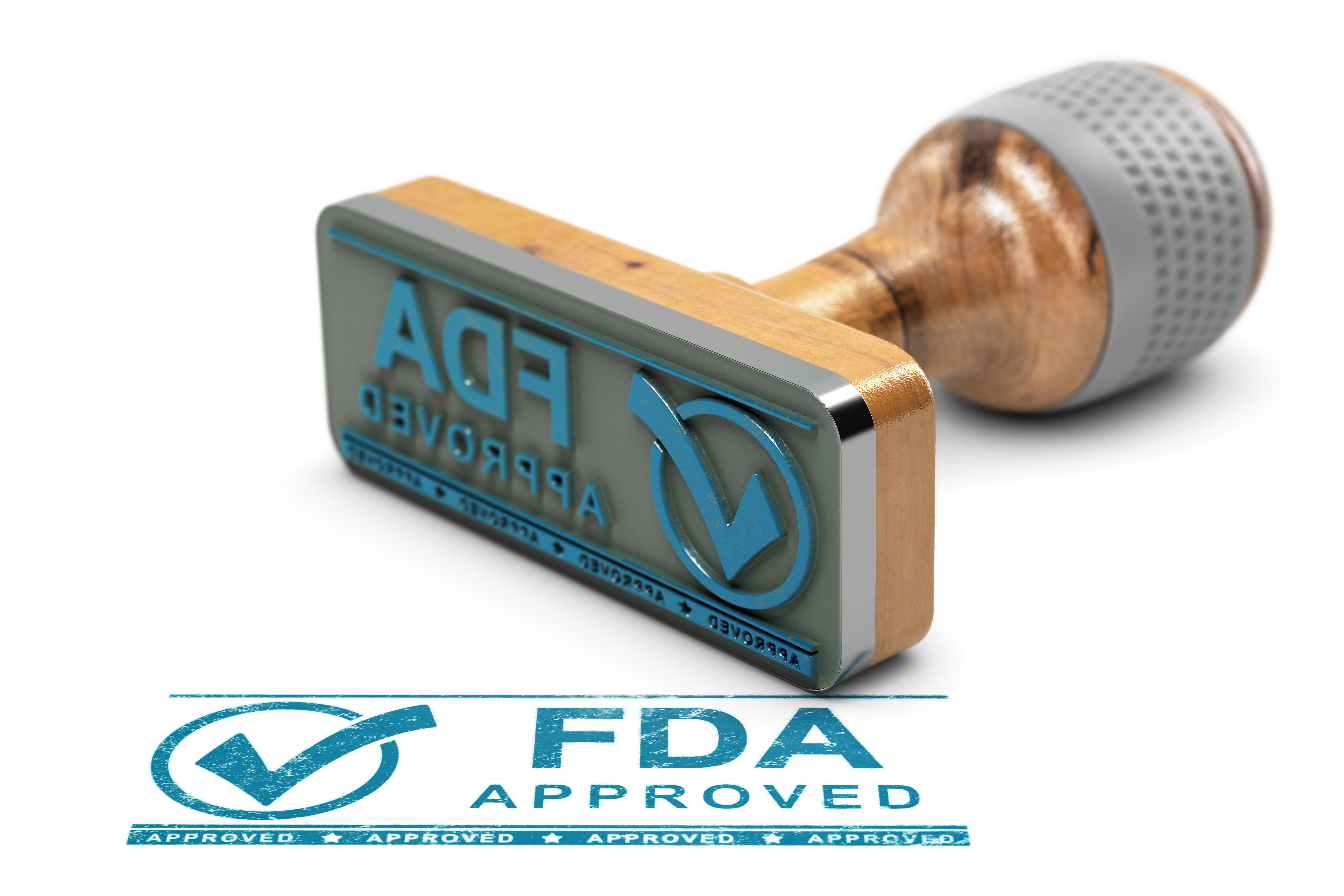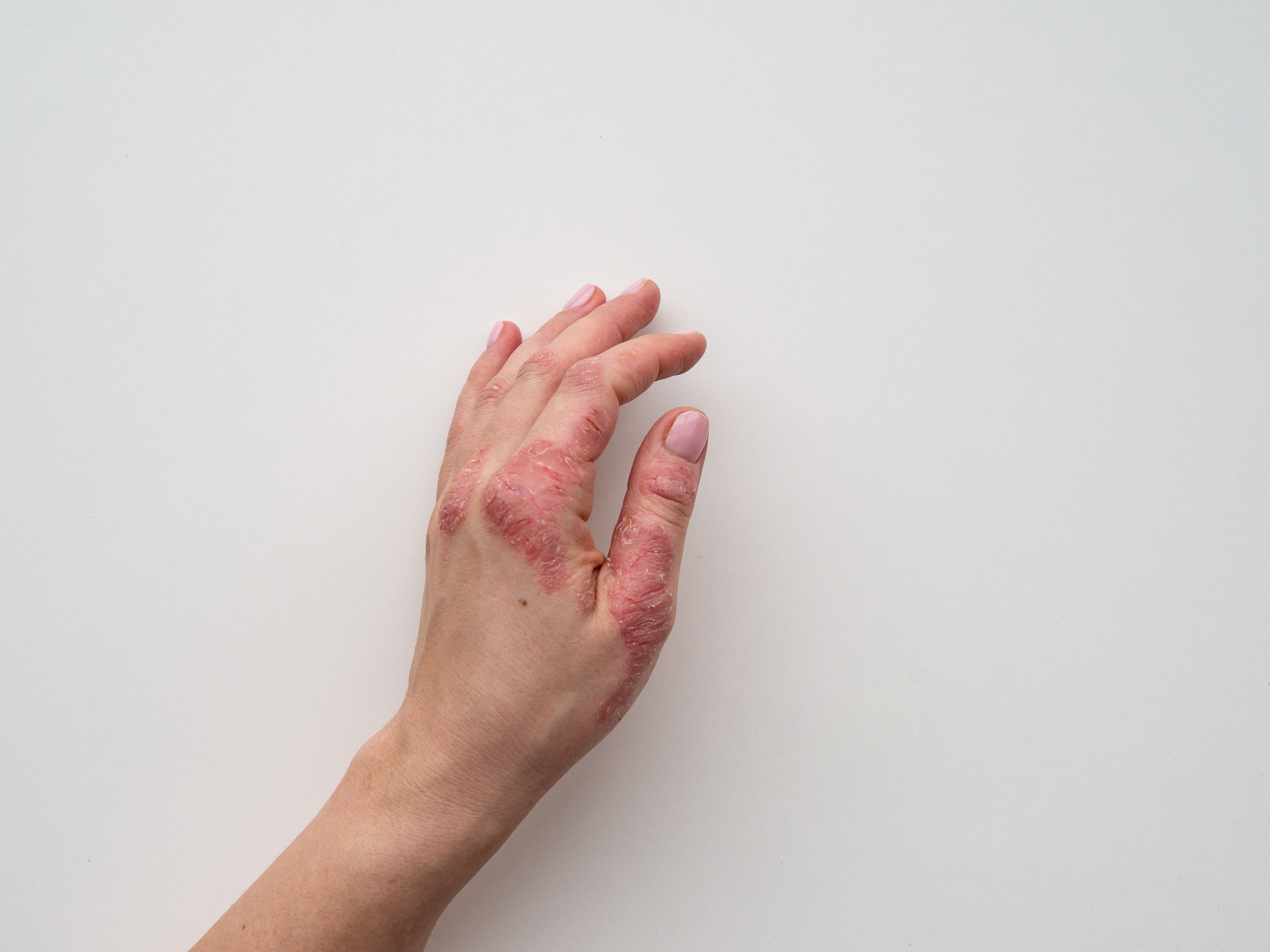News
Article
FDA Approves Tapinarof Cream 1% for Patients With Atopic Dermatitis
Author(s):
The FDA approved tapinarof cream 1% (VTAMA; Organon) today to treat patients aged 2 and older with atopic dermatitis.
Ahead of its extended target action date of March 12, 2025, the FDA approved tapinarof cream 1% (Vtama; Organon) today for treating patients with atopic dermatitis (AD) aged 2 and older.1
Tapinarof cream 1% was previously approved in 2022 to treat adult patients with mild, moderate, and severe plaque psoriasis. It is an aryl hydrocarbon receptor (AHR) agonist, which binds to and activates AHR receptors on the skin and immune cells that cause inflammation in patients with plaque psoriasis and AD.2
“With the FDA’s approval of VTAMA cream in AD for adults and children as young as 2 years old, there is now a therapy that offers the potential for powerful skin clearance with no label warnings or precautions, contraindications, and no restrictions on duration of use or percentage of body surface area affected,” Kevin Ali, the chief executive officer of Organon, said in a press release.1
The FDA approved tapinarof cream 1% (VTAMA; Organon) to treat patients aged 2 and older with atopic dermatitis (AD). | Image Credit: Olivier Le Moal - stock.adobe.com

This approval was based on results from the ADORING 1, 2, and 3 trials. As presented at the 2024 American Academy of Dermatology Annual Meeting, the primary endpoint for the randomized, double-blind phase 3 ADORING 1 (NCT05014568) and 2 (NCT05032859) trials was achieving a score of 0 or 1 on the Validated Investigator Global Assessment scale for AD (vIGA-AD), with a 2-grade or greater improvement.3 The secondary endpoint was achieving an Eczema Area and Severity Index (EASI) 75 response, defined as a 75% or greater improvement in patients' scores.
Patients in both trials were assigned 2:1 to either tapinarof cream 1% or a placebo for 8 weeks. ADORING 1 analyzed 407 patients, while ADORING 2 included 406 patients; the tapinarof group contained 270 and 271 patients, respectively.
About half of the participants in each trial had skin of color. In the ADORING 1 and 2 trials, 26.5% and 35.0% were Black, 8.8% and 15.3% were Asian, and 44.8% and 56.8% were White, respectively. Based on the Fitzpatrick skin type classification system, skin type IV was seen in 23.8% and 25.1% of patients, skin type V in 20.6% and 22.2%, and skin type VI in 7.6% and 8.9%, respectively.4,3
At week 8, the primary endpoint was met by 45.4% of the tapinarof group vs 13.9% of the placebo group in ADORING 1. Similarly, 46.4% of the tapinarof group vs 18.0% of the placebo group in ADORING 2 met the primary endpoint.
Additionally, ADORING 1 found that 44.8% of patients with skin types I, II, and III met the primary endpoint when using tapinarof cream 1% compared with 13.5% in the placebo group. Similarly, 49.6% of those with skin types IV, V, and VI who used tapinarof cream 1% met the primary endpoint compared with 15.3% of the placebo group.
ADORING 2 had similar findings, with the primary endpoint being met by 49.9% of patients with skin types I, II, and III who used tapinarof cream 1% and 46.8% of those with skin types IV, V, and VI vs 17.7% and 19.5% of those in the placebo groups, respectively.
Lastly, 55.8% of patients using tapinarof cream 1% in the ADORING 1 trial met the secondary endpoint vs 22.9% in the control arm. In ADORING 2, 59.1% of those using tapinarof cream 1% met the secondary endpoint compared with 21.2% of the placebo group.
Overall, these trials demonstrated that tapinarof cream 1% effectively treated patients with all skin types aged 2 or older with moderate to severe AD. However, the most common adverse reactions included upper respiratory tract infection (12%), folliculitis (9%), and lower respiratory tract infection (5%).
Next, ADORING 3 (NCT05142774), an open-label, long-term multicenter study, enrolled eligible patients from ADORING 1 and 2, along with direct enrollees with AD aged between 2 and 17 who were tapinarof cream 1%-naive.1 The trial followed 728 patients for up to 48 weeks, assessing safety and efficacy endpoints, like complete disease clearance (vIGA-AD: 0) and achieving clear or almost clear skin (vIGA-AD: 0 or 1).
Patients beginning the trial with a vIGA-AD score of 1 or greater were treated with tapinarof cream 1% until complete disease clearance or study completion. Among the 378 patients who entered with, or achieved, complete disease clearance and discontinued treatment, the mean duration of the first treatment-free interval was about 80 consecutive days.
Those whose AD returned to mild or above were again treated with tapinarof until they achieved complete disease clearance again or study completion. The safety profile was generally consistent with that observed at week 8 in the previous studies.
“...because the prevalence of itch makes this condition extremely burdensome to patients and their families, the itch data from the ADORING program demonstrates reduction of one of the condition’s most prevalent symptoms with the use of VTAMA cream,” Adelaide A. Hebert, MD, chief of pediatric dermatology at Children’s Memorial Hermann Hospital and a lead investigator for the ADORING trials, said in a press release.
References
- FDA approves VTAMA (tapinarof) cream, 1% for the treatment of atopic dermatitis in adults and children 2 years of age and older. News release. Oragnon; December 16, 2024. Accessed December 16, 2024. https://www.organon.com/news/fda-approves-vtama-tapinarof-cream-1-for-the-treatment-of-atopic-dermatitis-in-adults-and-children-2-years-of-age-and-older/
- Khan S. How do AHR agonists work? RxList. Accessed December 16, 2024. https://www.rxlist.com/how_do_ahr_agonists_work/drug-class.htm
- Bonativacola J. Biologic, topical therapies both effective in treating AD in skin of color. AJMC. March 11, 2024. Accessed December 16, 2024. https://www.ajmc.com/view/biologic-topical-therapies-both-effective-in-treating-ad-in-skin-of-color
- Oakley A. Fitzpatrick skin phototype. DermNet. 2012. Accessed December 16, 2024. https://dermnetnz.org/topics/skin-phototype




